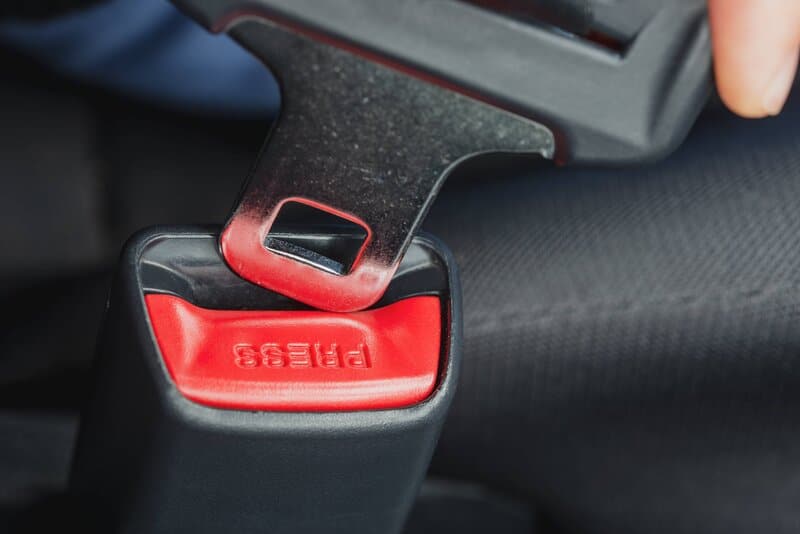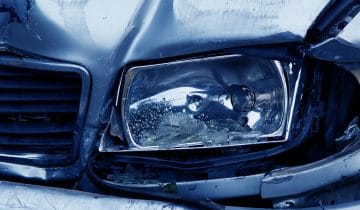When it comes to vehicle safety, buckling up before driving is crucial. It keeps one safe during a crash by preventing them from getting thrown out of the car that could lead to severe injuries or, worse, death.
While many people believe that wearing a seat belt is important, some choose not to do this. Those in a hurry mistakenly think they don’t have enough time to buckle up, while others simply argue that seat belts are also responsible for injuries. If you are wondering how important it is to wear a seat belt, here are some facts you need to know:
Airbags Provide Insufficient Protection
Some drivers believe they no longer need to wear seat belts as long as they have their vehicle’s working airbags. This is because they mistakenly assume their airbags provide them with sufficient protection against injuries or death in the event of a crash.
Airbags are indeed essential safety features in vehicles. However, according to the National Highway Traffic Safety Administration (NHTSA), their force can cause serious injuries or death if you are not buckled up. In addition, they offer supplemental protection, but you could still slide underneath if you’re not wearing a seat belt. During rear impacts and rollover crashes, a seat belt is vital because it prevents you from getting knocked around inside the vehicle or flying out a window.
Adults Are Less Likely to Wear a Seat Belt than Teenagers
When correctly worn, seat belts reduce the risk of moderate-to-critical and fatal injuries by 45-50 percent to front-seat occupants and 73 percent to back-seat passengers. Unfortunately, drivers and passengers refuse to wear them, despite knowing this risk. This is especially true for adults ages 18 to 34. Teens, on the other hand, are most commonly seen buckled up.
There Is a Proper Way to Wear a Seat Belt
A seat belt reduces fatality risks, but it could also lead to minor injuries. Passengers or drivers may experience the following if their seat belt malfunctions or have manufacturing defects in the event of a crash:
- Scrapes
- Bruising
- Internal injuries to the spinal cord, abdomen, shoulder, or neck
- Fracturing
- Internal bleeding
These injuries could also be sustained if a seat belt is incorrectly worn. According to the NHTSA, the proper way of wearing a seat belt is to ensure the lap belt goes across your hips and below your stomach. The strap must also be away from your neck and across your chest. Finally, the belt should not be too tight or too loose. It must be comfortable around that it protects while you can still move around in it.
What About Fire and Water?
A common misconception about wearing a seat belt is that it makes it difficult for you to stay safe in the event your car gets submerged or catches fire. The truth is, the impact from the accident could prevent you from exiting the vehicle once you get knocked unconscious. It’s safer to buckle up to increase your chances of keeping yourself conscious and then unbuckling to escape.
Conclusion
Seat belts save lives. Without wearing one, the injury you could sustain could be far worse. It could also lead to other disastrous results, such as death. For this reason, make it a point to buckle up every time you hit the road. Before your trip, make sure your seat belt works properly when going out for a ride.
Whether you need seat belt repair or a seat belt replacement, you can count on Safety Restore. We also offer custom seat belt webbing for all makes and models. Get in touch with us to start boosting your vehicle’s safety features!


